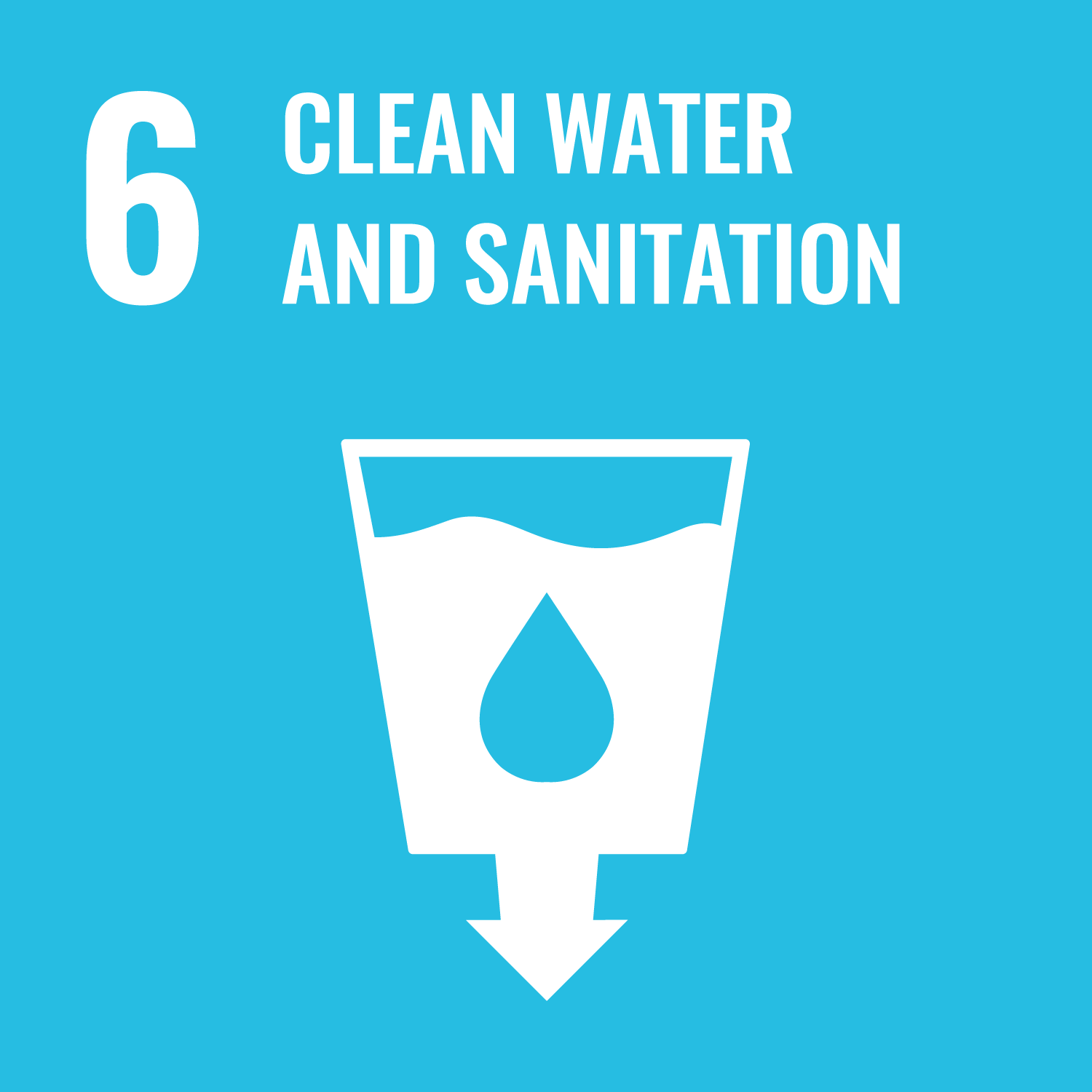ORCID
- Paul J. Worsfold: 0000-0002-2262-7723
Abstract
Excess dissolved phosphorus (as orthophosphate-P) contributes to reduced river water quality within Europe and elsewhere. This study reports results from analysis of a 23 year (1990-2013) water quality dataset for orthophosphate-P in the rural Taw catchment (SW England). Orthophosphate-P and river flow relationships and temporal variations in orthophosphate-P concentrations indicate the significant contribution of sewage (across the catchment) and industrial effluent (upper R. Taw) to orthophosphate-P concentrations (up to 96%), particularly during the low flow summer months when maximum algal growth occurs. In contrast, concentrations of orthophosphate-P from diffuse sources within the catchment were more important (>80%) at highest river flows. The results from a 3 end-member mixing model incorporating effluent, groundwater and diffuse orthophosphate-P source terms suggested that sewage and/or industrial effluent contributes ≥50% of the orthophosphate-P load for 27-48% of the time across the catchment. The Water Framework Directive (WFD) Phase 2 standards for reactive phosphorus, introduced in 2015, showed the R. Taw to be generally classified as Poor to Moderate Ecological Status, with a Good Status occurring more frequently in the tributary rivers. Failure to achieve Good Ecological Status occurred even though, since the early-2000s, riverine orthophosphate-P concentrations have decreased (although the mechanism(s) responsible for this could not be identified). For the first time it has been demonstrated that sewage and industrial effluent sources of alkalinity to the river can give erroneous boundary concentrations of orthophosphate-P for WFD Ecological Status classification, the extent of which is dependent on the proportion of effluent alkalinity present. This is likely to be a European - wide issue which should be examined in more detail.
DOI Link
Publication Date
2016-05-06
Publication Title
Environmental science. Processes & impacts
ISSN
2050-7887
Acceptance Date
2016-04-21
Recommended Citation
Tappin, A., Comber, S., & Worsfold, P. (2016) 'Orthophosphate-P in the nutrient impacted River Taw and its catchment (SW England) between 1990 and 2013.', Environmental science. Processes & impacts, . Available at: 10.1039/C6EM00213G


